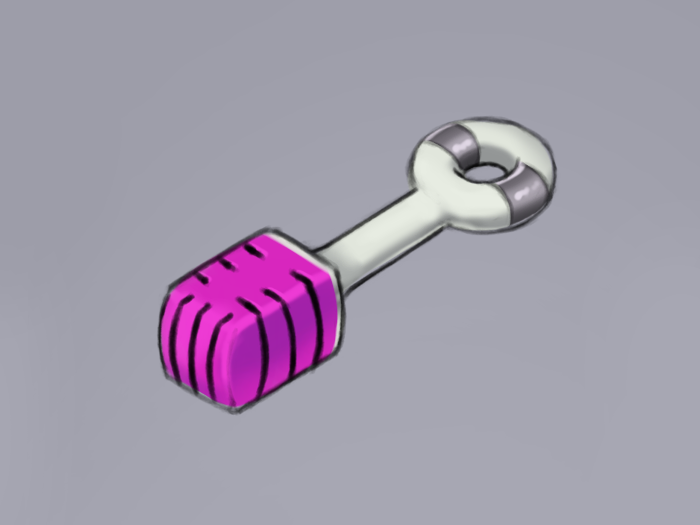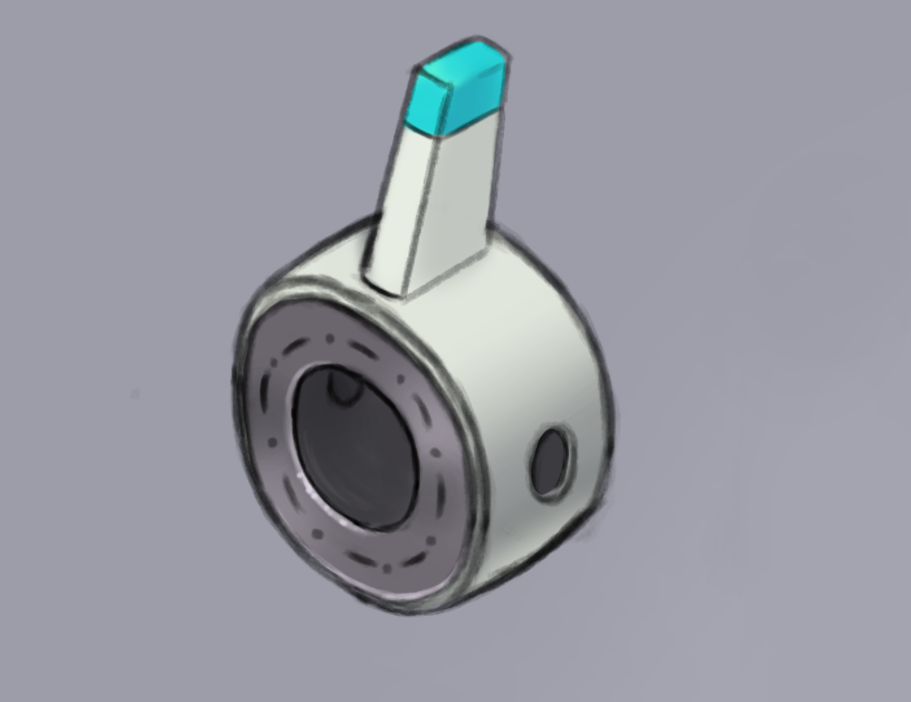
Overview
A variant of Synthetic creatures with gel-like bodies.
Their personality core is contained in the main mechanical chassis, which controls a gel-like body.
General Physiology
The Chassis is the core of any soft-synth, and can be thought of as akin to an animal's skull- it contains the personality core and various sensor devices for general perception. A soft-synth chassis will also feature several gel-actuators, which are large interface surfaces for connecting to the gel-like bodies for which soft-synths are named.
The gel bodies are constructed from a semi-programmable fluid- various electrical signals can affect the fluid's material properties, causing it to solidify, expand, contract, stiffen or relax, or changing the conductivity. This allows the gel to be configured into a body, with a rudimentary nervous system, musculature, and basic mechanical organs, such as a skin-layer or circulatory system.
To construct a gel body, a soft-synth starts with a blueprint- a digital map to constructing a given body. With such a blueprint on-hand, construction of a body from raw gel can be quite rapid- a matter of several seconds. The gel bodies constructed in this way have a relatively fixed form, with some flexibility- features can be stretched, scaled, and distorted, but radically altering one's body plan is infeasible. If drastic changes are desired, it is often preferable to simply design or commission a new blueprint with the desired features.
There are some limitations to the body designs that are accomplishable from softsynth gel- generally speaking, it's easier to construct and embody simpler shapes made from chunky, basic forms. Broad structures like an arm, leg, or tail tend to work well, but fine motor control can be difficult to accomplish.
To work around these restrictions, many softsynths include more traditional electromechanical components in their design- robotic hands are common, and more precise expression modules are popular, which portray features like eyes and ears for the sake of communicating emotional cues.
Specialized inclusions are also a regular sight- many softsynths feature custom mechanisms specific to their career or hobbies.
Chassis
While design variants are used, the main chassis design generally consists of a rigid armored outer shell, often constructed from metal, fiberglass, or impact resistant polymer or ceramic, depending on the expected environment and risk profile.
The surface of the chassis incorporates various sensors- cameras, speakers and microphones are a typical baseline.
More sensors are contained within the chassis, to monitor basic proprioception, temperature, electrical properties, certain chemical concentrations- anything required for maintaining homeostasis.
The chassis generally also houses any complex "organs" that the body needs- this includes cooling systems, power generation, and particulate filtration for the gel. Softsynths who find this basic organ set insufficient for their operating conditions may opt for separate secondary additions to handle heavier loads.
The personality core is at the heart of the chassis, well protected by layers of impact-resistant gel and more rigid protective structures.
Modules
In addition to the gel body, most SoftSynths feature additional modules to extend their functionality.
Expression Module

Expression modules are a common favorite.
The pictured example consists of a mechanical fin, which can be embedded into the gel, usually sticking out of the back of the gel body's head.
This embeds a display module within the gel, which can display animated holographic eyes.
Expression modules tend to contain a small camera. This isn't ideal as a primary sensory input, but being able to see from the projected eyes PoV helps with aligning eye contact.
While mostly cosmetic, many users appreciate the ease of emotional communication that is possible with facial expressions.
Sensory Module

Sensory modules give higher-fidelity perception, to supplement the default set of sensors that are built into the chassis.
These modules can come in great variety- higher fidelity cameras and microphones, more broadly distributed temperature sensors, or more exotic senses like xray or radio detection.
The pictured sensor is a microphone. The long rod and loop allows it to be securely embedded in the gel, and the metallic contact points on the loop provide electrical connectivity to neural structures within the gel.
Organ Modules

While the basic necessities for homeostasis tend to be contained within the chassis, modules serving the purpose of organs can amplify the capabilities of a SoftSynth's gel body.
The pictured module is a Neural Repeater- this device amplifies neurological signals traveling through the gel, allowing them greater range from the chassis. This element is common in larger SoftSynths, who may otherwise struggle with overextended limbs.
Organ Modules can take a wide variety of forms- gel filtration, temperature control, additional power reserves, and neurological networking devices would all fall under this category.
Manipulation Modules

Manipulation Modules are the answer to the limited dexterity achievable with gel bodies.
While some devices can be powered robotics, the pictured example shows a common hand construction. Rather than using motors for actuation, the soft synth connects their limb socket to the exposed gel manifold, which routes the gel through a pneumatic circuit for muscle control. Neurological channels can provide microvoltage to embedded sensors, providing proprioception and force feedback.
While not universal, gel manifolds are standardized within a few different design categories, which can allow soft synths to swap limbs from a tailored set with relative ease.